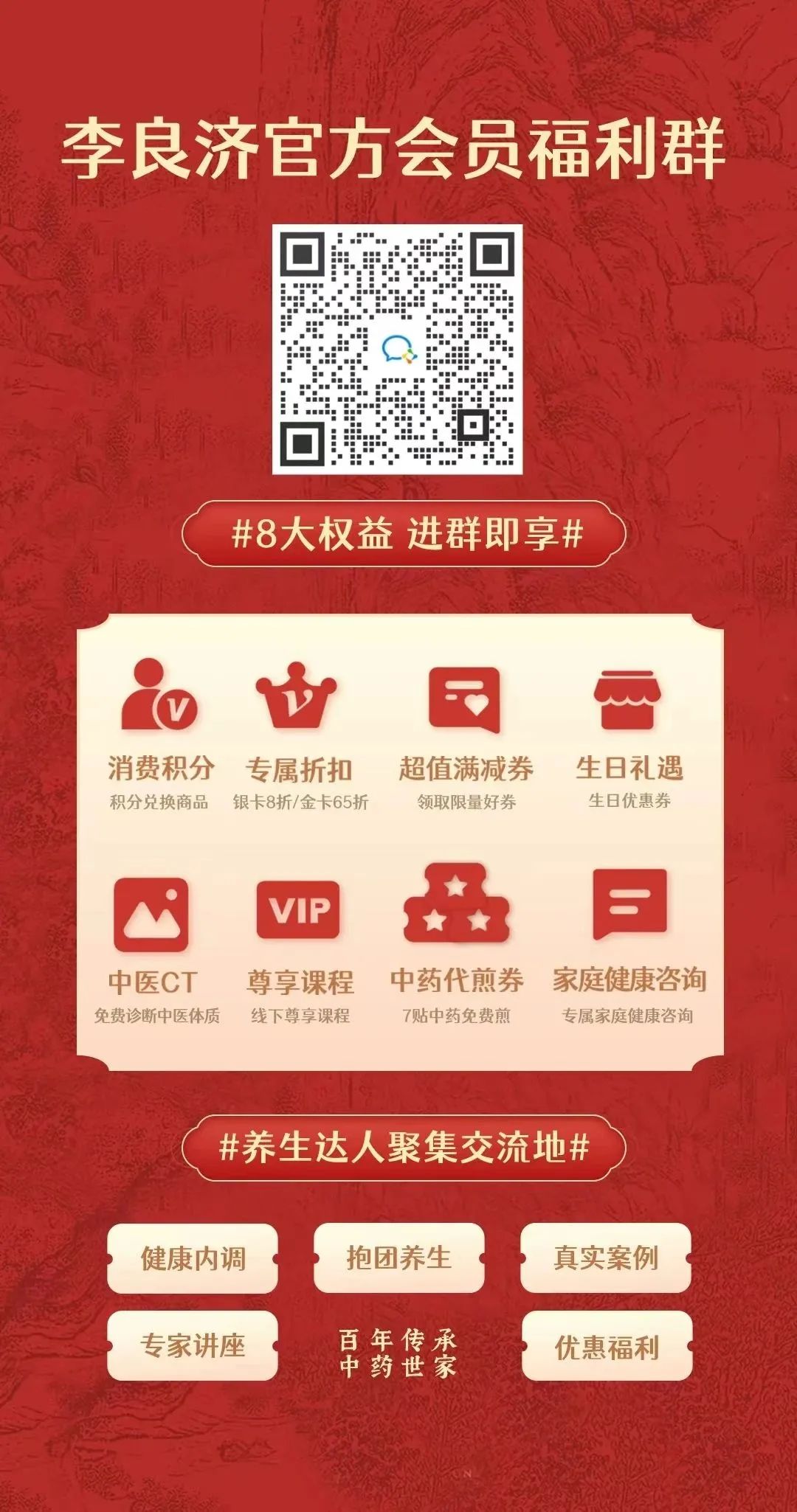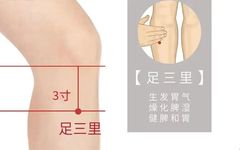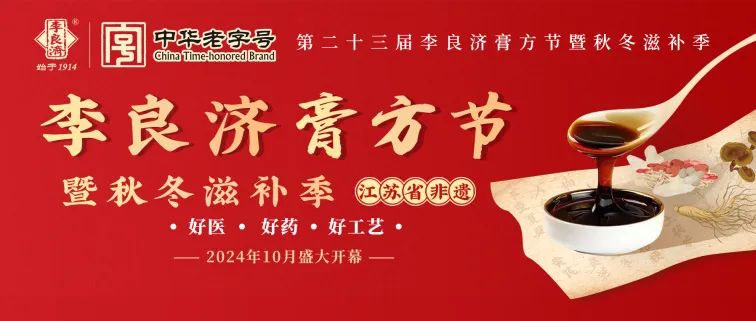
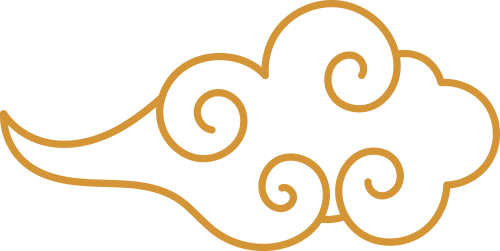
Traditional Chinese Medicine (TCM) believes that “when the righteous qi is present, evil cannot invade; where evil gathers, qi must be deficient.”
How can you determine if you have Qi deficiency? Just check the Zusanli (足三里) point!
The Zusanli point is located 3 cun below the outer knee (below the kneecap) and 1 cun lateral to the tibia (1 cun on the outer side of the lower leg). You can easily find it by bending over, and pressing it with your thumb will often elicit a sensation of soreness and fullness.
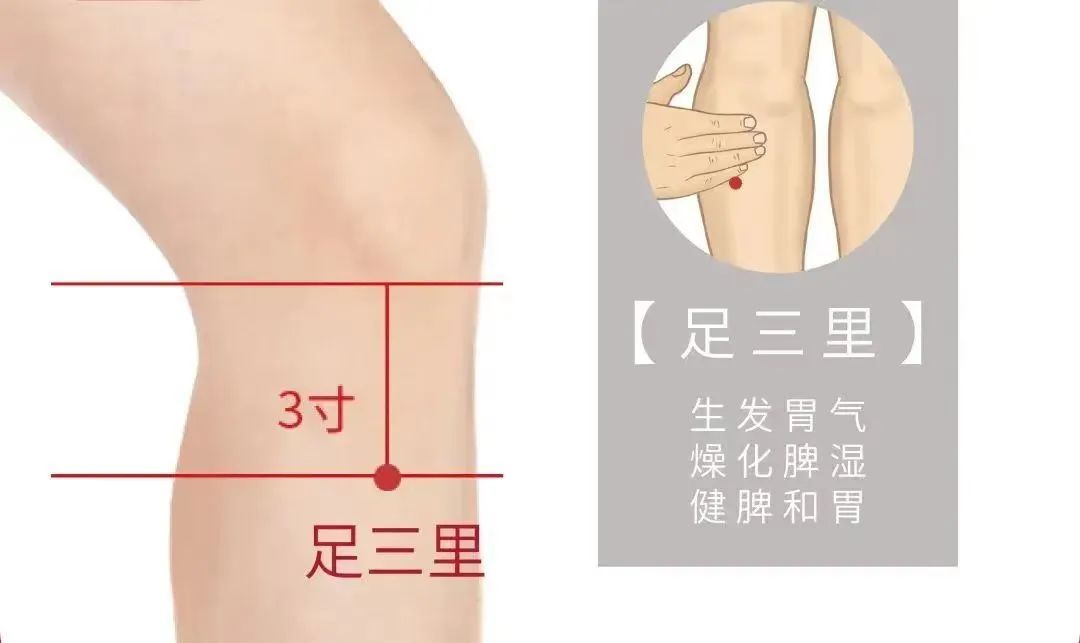
1. If the Zusanli point feels particularly soft and sinks in easily when pressed, this indicates Qi deficiency; in daily life, you can use some Qi-tonifying foods to help replenish your energy.
2. If the Zusanli point shows no obvious abnormalities, or even has a bulge, then it is definitely not a simple deficiency. This condition is more complex and may involve phlegm-dampness or blood stasis, meaning that the pathways of Qi and blood are blocked, leading to a lack of energy. In this case, it is advisable to visit a reputable hospital for professional diagnosis and treatment.
Today, I will teach you about these 5 acupuncture points to replenish your Yuan Qi (元气), Spleen Qi (脾气), Lung Qi (肺气), Heart Qi (心气), and Kidney Qi (肾气), strengthen your righteous Qi, and reduce illness.
Regularly massaging these points can help replenish Yuan Qi, strengthen righteous Qi, enhance physical constitution, and reduce illness.
1. To replenish Yuan Qi, Shenque (神阙) point
The Shenque point, located at the navel, is an important point on the Ren Meridian (任脉) and is the source of the five organs and six bowels. It is where the body’s Yuan Qi gathers. Regular massage can stimulate Yuan Qi, enhance vitality, and promote longevity.
Location: The Shenque point is located at the center of the abdomen, at the navel.
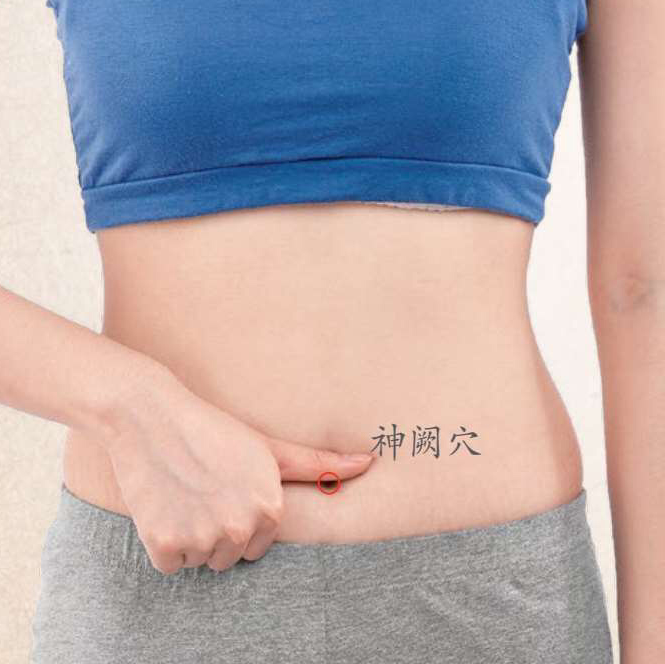
Method: In the evening, sit cross-legged, rub your hands together until they feel warm, then place your left palm on your right hand’s back, and cover your navel with your right palm. Massage in a clockwise direction around the navel. As you massage, imagine warm energy rising from the navel throughout your body. Each session should last about 15 minutes.
2. To replenish Heart Qi, Shenmen (神门) point
The Shenmen point is the first choice for those with Heart Qi deficiency or Heart blood deficiency. Long-term massage can nourish Heart Qi, alleviate irritability, calm the mind, and aid sleep.
Location: Located on the wrist crease, on the thumb side of the tendon below the little finger.
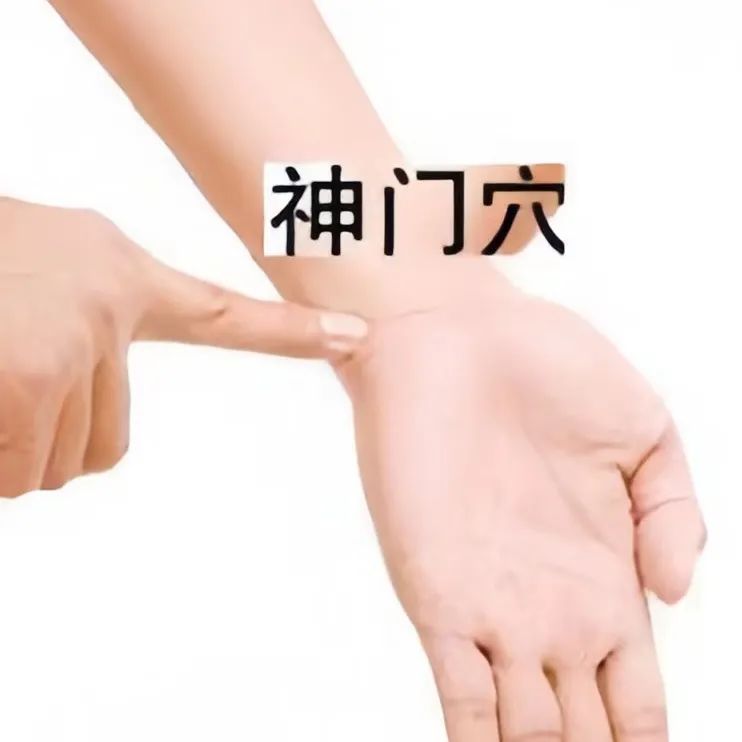
Method: Use the tip of your thumb to repeatedly press the Shenmen point 30 times for about 30 seconds to 1 minute. When pressing this point, do not apply too much pressure; it is not necessary to seek a sensation of soreness.
3. To replenish Spleen Qi, Pishu (脾俞) point
The Pishu point is where the essence of the Spleen is transmitted to the back, directly connected to the Spleen, so stimulating this point can quickly restore Spleen function.
Location: Located 1.5 cun lateral to the spinous process of the 11th thoracic vertebra.
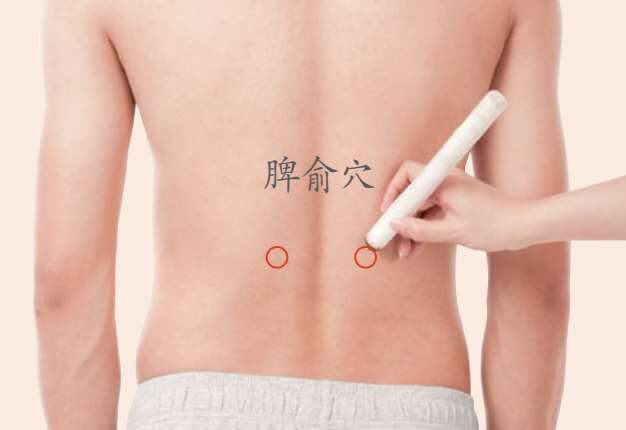
Method: It is best to stimulate this point around 8 PM, as this is when the Spleen’s energy is most abundant. When massaging, use the thumb pad to press on the Pishu point, gradually increasing the pressure while massaging until a sensation of soreness is felt. Each session can last 10-15 minutes, and you can massage multiple times a day.
4. To replenish Lung Qi, Taiyuan (太渊) point
The Taiyuan point is the source point of the Lung Meridian. Massaging the Taiyuan point can nourish Lung Qi, not only treating lung-related diseases but also improving skin dryness caused by insufficient Lung Qi.
Location: Located in the wrist area, between the radial styloid process and the scaphoid bone, in the depression on the ulnar side of the abductor pollicis longus tendon.
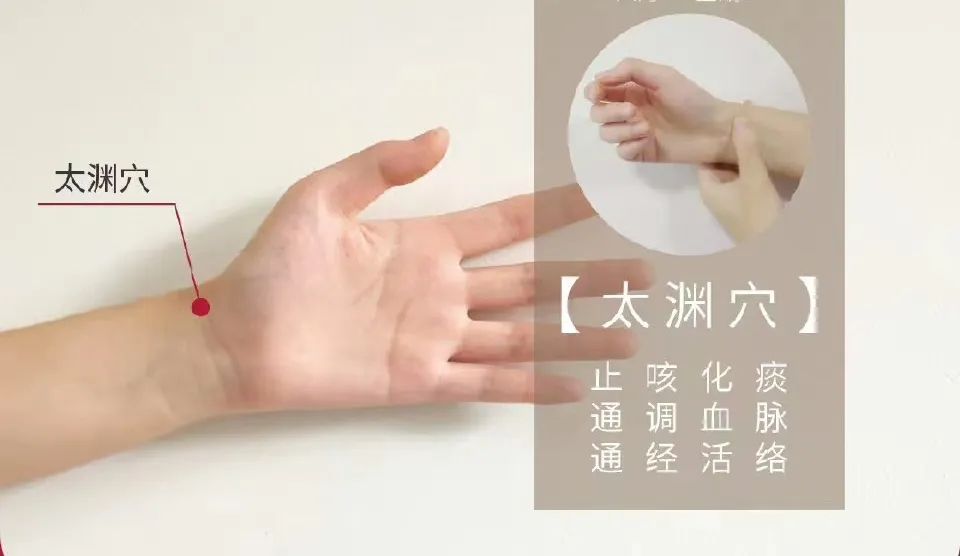
Method: Press the point with your thumb for a moment, then release, repeating 5-10 times. This can help improve coldness, pain, and numbness in the palms (pressing the Taiyuan point with the thumb and nail for 1-3 minutes on each side) and is beneficial for lung health, helping to alleviate discomfort.
5. To replenish Kidney Qi, Guanyuan (关元) point
The Guanyuan point is commonly referred to as the Dantian. Massaging the Guanyuan can stimulate the activity of Kidney Qi and replenish it.
Location: Located 3 cun below the navel, along the Ren Meridian that runs through the chest and abdomen.
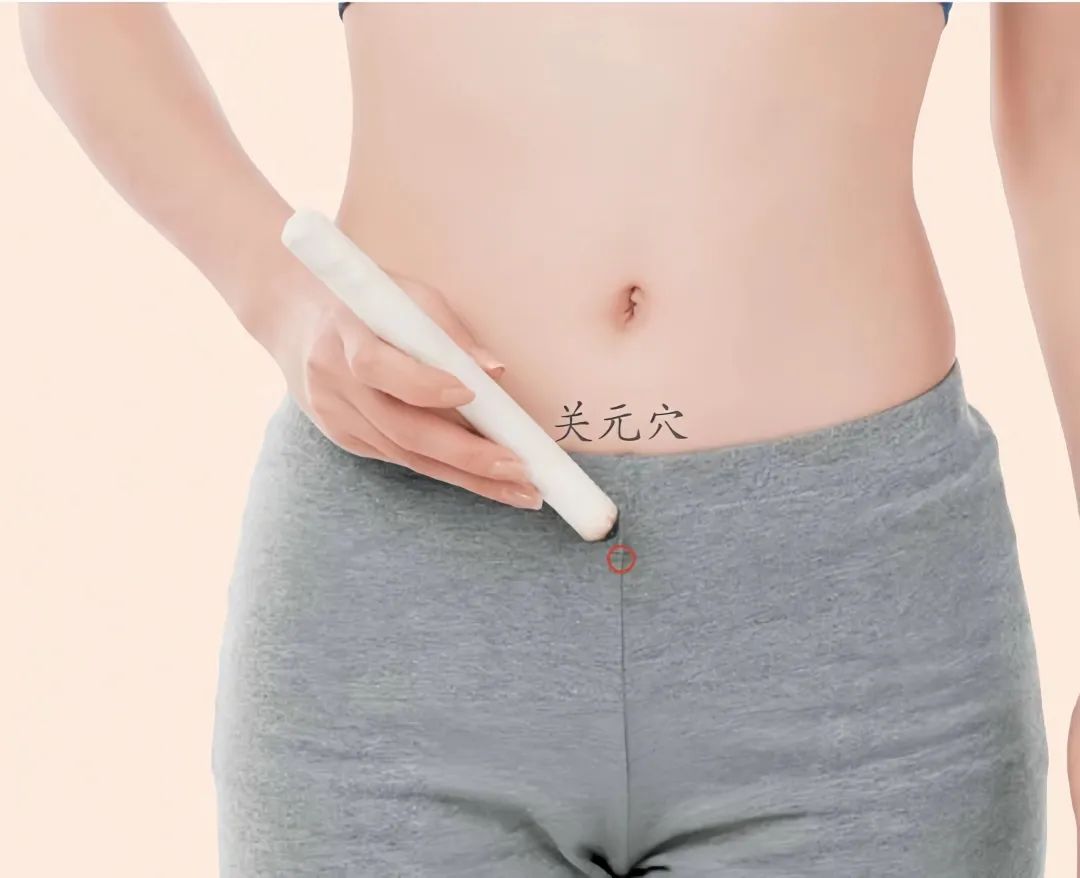
Method: Cross your hands and place them on the Guanyuan point with slight pressure, then quickly move your hands up and down in small motions. Be careful not to apply too much force; a sensation of soreness is sufficient during the massage.
This article is compiled and edited based on information from the Health News and related materials, intended for sharing and communication to promote health knowledge. The herbal formulas mentioned are for reference only; please consult a professional doctor before using any medications, and do not self-medicate blindly. If there are any improper uses or disagreements with the content above, please contact us, and we will address it promptly.
